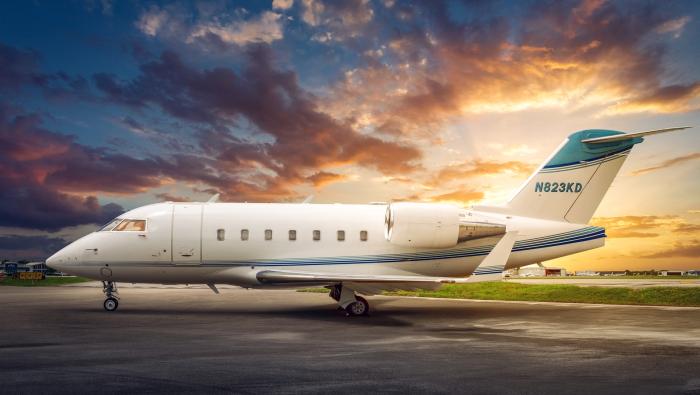As Europe’s air traffic continues to increase, EASA and its partners have launched two initiatives aimed at reducing the risk of midair collisions in general aviation. The measures, announced last week, include the voluntary "¡Conspicuity Declaration" and the establishment of ADS-B “Light” (ADS-L) protocol as a common standard for general aviation (GA) and drone situational awareness.
While commercial aircraft have long relied on traffic collision avoidance systems, the weight and cost of such systems have kept them out of reach for most smaller GA aircraft. Traditionally, pilots in uncontrolled airspace have relied on visual separation or “see and avoid.” Now, advances in technology have enabled the development of more affordable devices to make GA aircraft electronically visible to each other and to ground-based observers.
“Every year, there are an average of six fatal airborne collisions involving GA, leading to 13 fatalities,” said EASA executive director Florian Guillermet. “The ability for every pilot to have access to affordable, compatible systems to enhance their situational awareness will be a major step forward in safety in this vital sector of the aviation community.”
The ¡Conspicuity Declaration represents a joint commitment by 11 aviation authorities and organizations to promote the use of visibility-enhancing devices such as ADS-B Out and ADS-L. Signatories pledge to encourage the development and adoption of these technologies and to collaborate in analyzing data gathered from such systems to guide future safety improvements.
Complementing the declaration, the ADS-L Coalition focuses on technical standards. Participating organizations agree to integrate the ADS-L protocol into existing and future products to ensure interoperability. By standardizing systems across the sector, EASA and its partners aim to improve situational awareness for pilots and enhance overall airspace safety.
Both initiatives support the goals of EASA’s GA Flightpath 2030+, which builds on the earlier GA Roadmap and aims to promote a safer, more sustainable, and digitally connected future for general aviation in Europe. The prevention of airborne collisions remains a priority, as identified in EASA’s Annual Safety Review and the European Plan for Aviation Safety (EPAS).
The declaration and coalition align with existing EU legislation, including Regulation (EU) No. 376/2014 on occurrence reporting and data protection provisions.
“These actions will help ensure a thriving GA community, which is vital for the whole aviation ecosystem,” Guillermet added.







